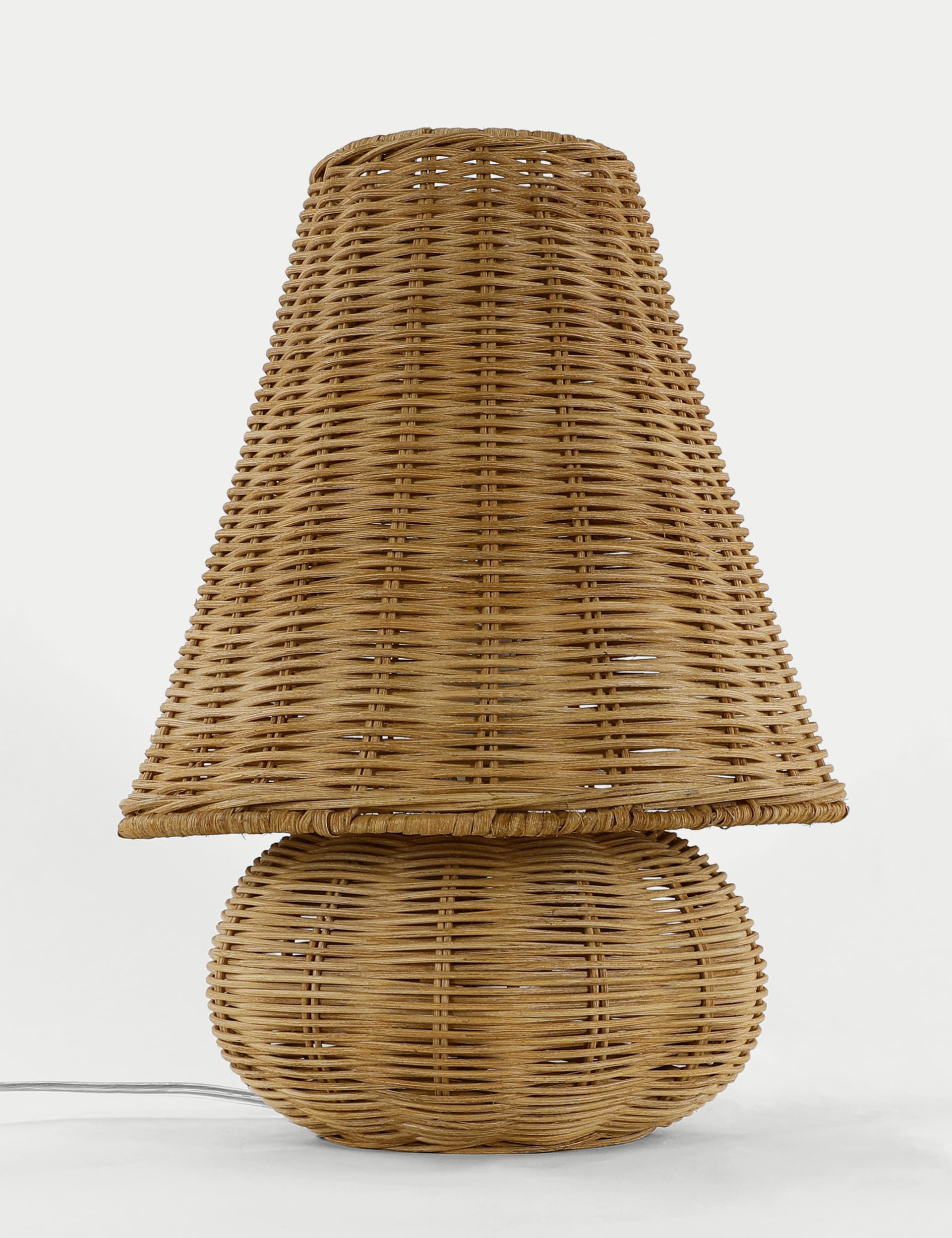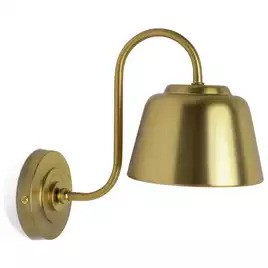How design experts plan bedroom lighting for a perfectly lit boudoir
Banish bad bedroom lighting forever with our step-by-step guide

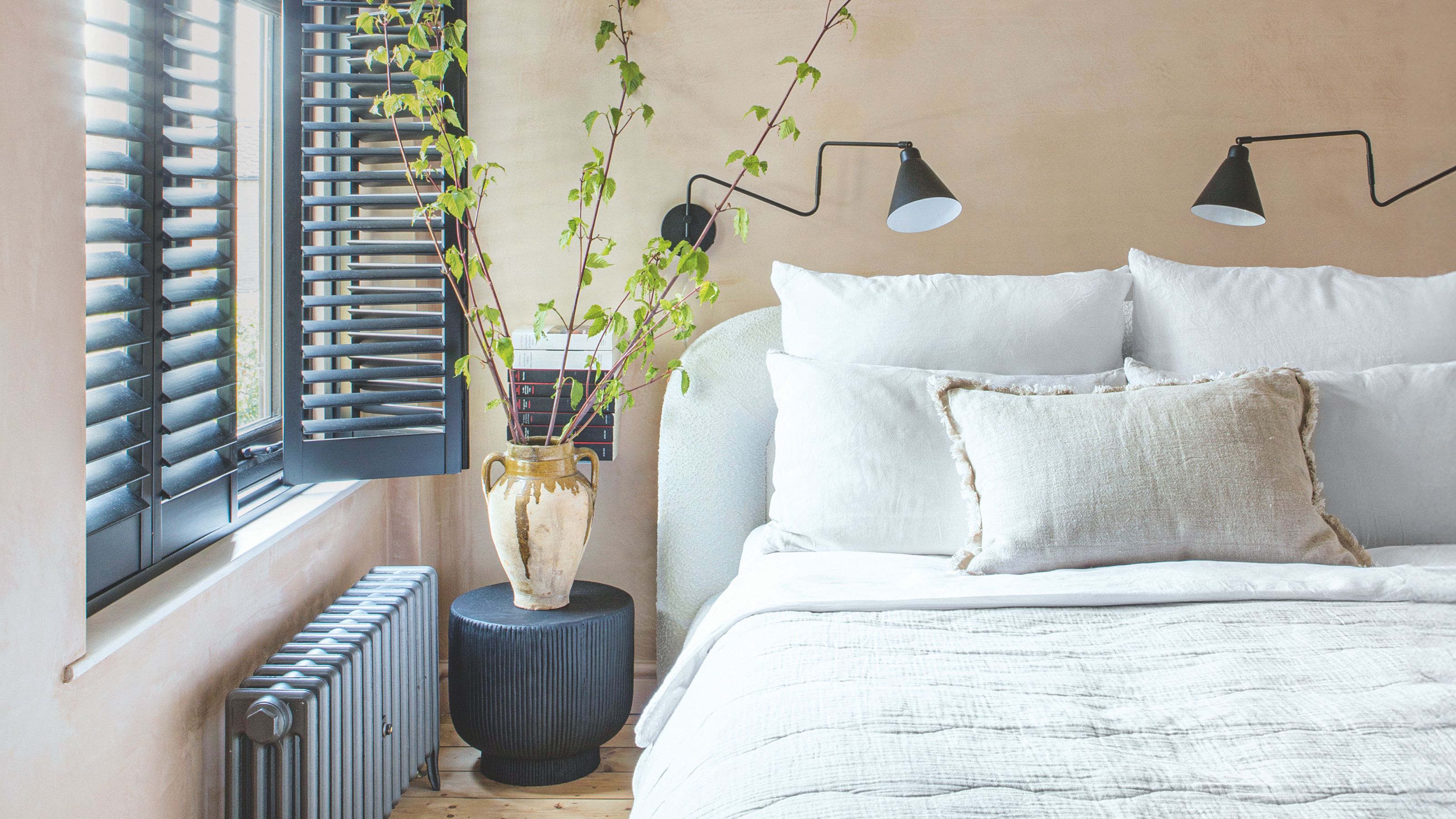
Lone ceiling pendant burning your retinas? Bedside lamps too low to glow anywhere near your book? If the lighting in your bedroom isn't well planned, there’s a good chance you’ll start and end each day in a bit of a grump. Or at least struggling to find your socks in the morning or read anything without a blue screen before bed. And we all know how bad the latter is for getting a good night’s sleep.
Luckily, it’s not that hard to turn your bedroom lighting ideas around. A couple of extra lamps, a tweak of a light bulb or two, and a poorly lit space can be transformed into a perfectly illuminated retreat, from morning to night.
To ensure your bedroom lighting transformation goes smoothly, we've gathered expert advice from top lighting specialists. ‘When it comes to lighting design in your bedroom, it's all about achieving the right balance between style and functionality. Think of your lighting as part of the room's personality, adding layers of charm and atmosphere,’ says Jo Plant, Head of Design at Pooky.
Whatever lighting ideas you’ve got in mind, a considered approach is the key to success. Follow our step-by-step guide to planning bedroom lighting and create a space that instantly lifts your mood from the moment you wake up.
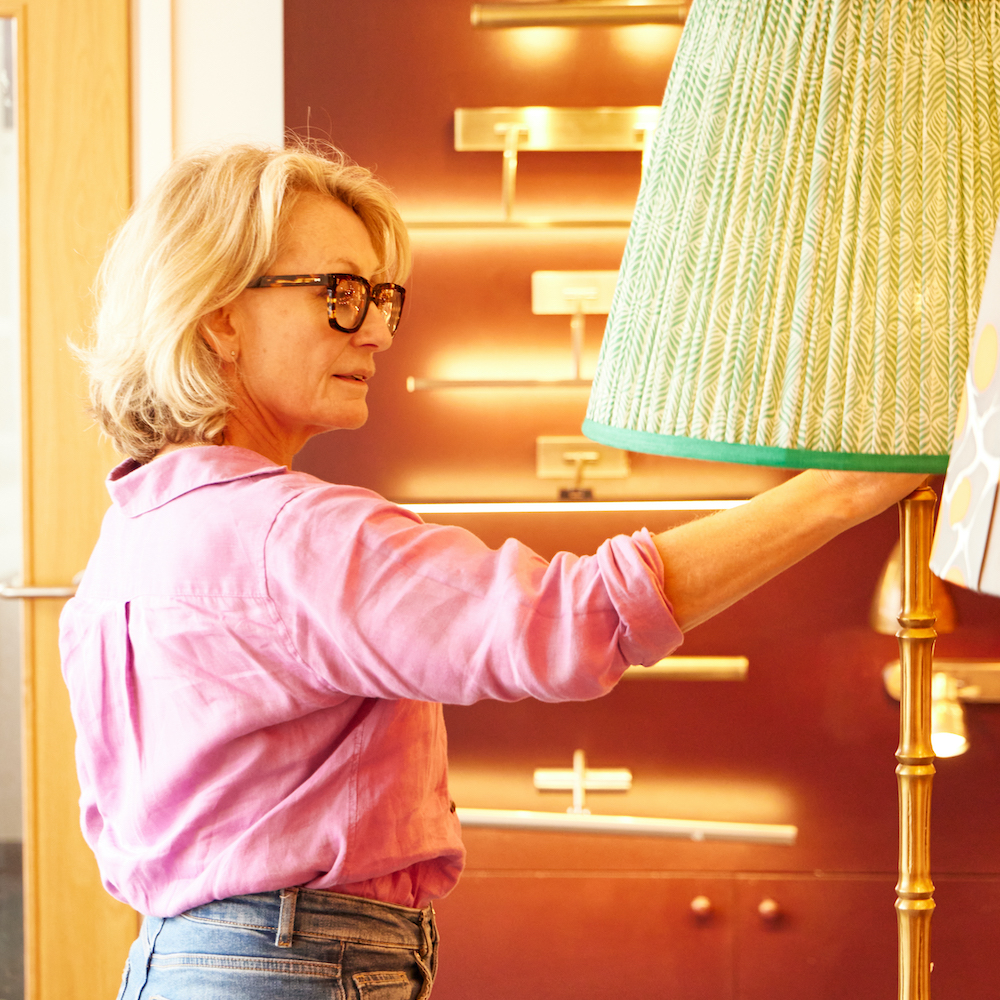
Jo Plant is the Head of Design and Production at Pooky, where she leads the creative vision for one of the UK’s most beloved lighting brands. With a keen eye for detail and a passion for lighting that’s both stylish and functional, Jo has helped to shape Pooky’s distinctive and accessible aesthetic.
1. Make a plan

Whether you are renovating the room from scratch and have the opportunity to rewire or are looking at retrofit solutions, always start by assessing your needs. Do you read in bed, do you get up when it’s still dark outside, are you applying make-up and doing your hair in the bedroom, perhaps you work from there? Thinking about how you use the space can help work out what type, and how much, lighting you need.
‘First identify the lighting non-negotiables that the space needs to function well, then consider the extra touches that will make the space feel great,’ says Mara Rypacek Miller, Founder of Industville. ‘The bedroom is foremost a tranquil sanctuary that caters to rest and rejuvenation, so you want your lighting to reflect this. It’s all about striking a balance that ensures the room is well lit for daily tasks like getting dressed but can also be adjusted to create a calm space to unwind at the end of the day.’
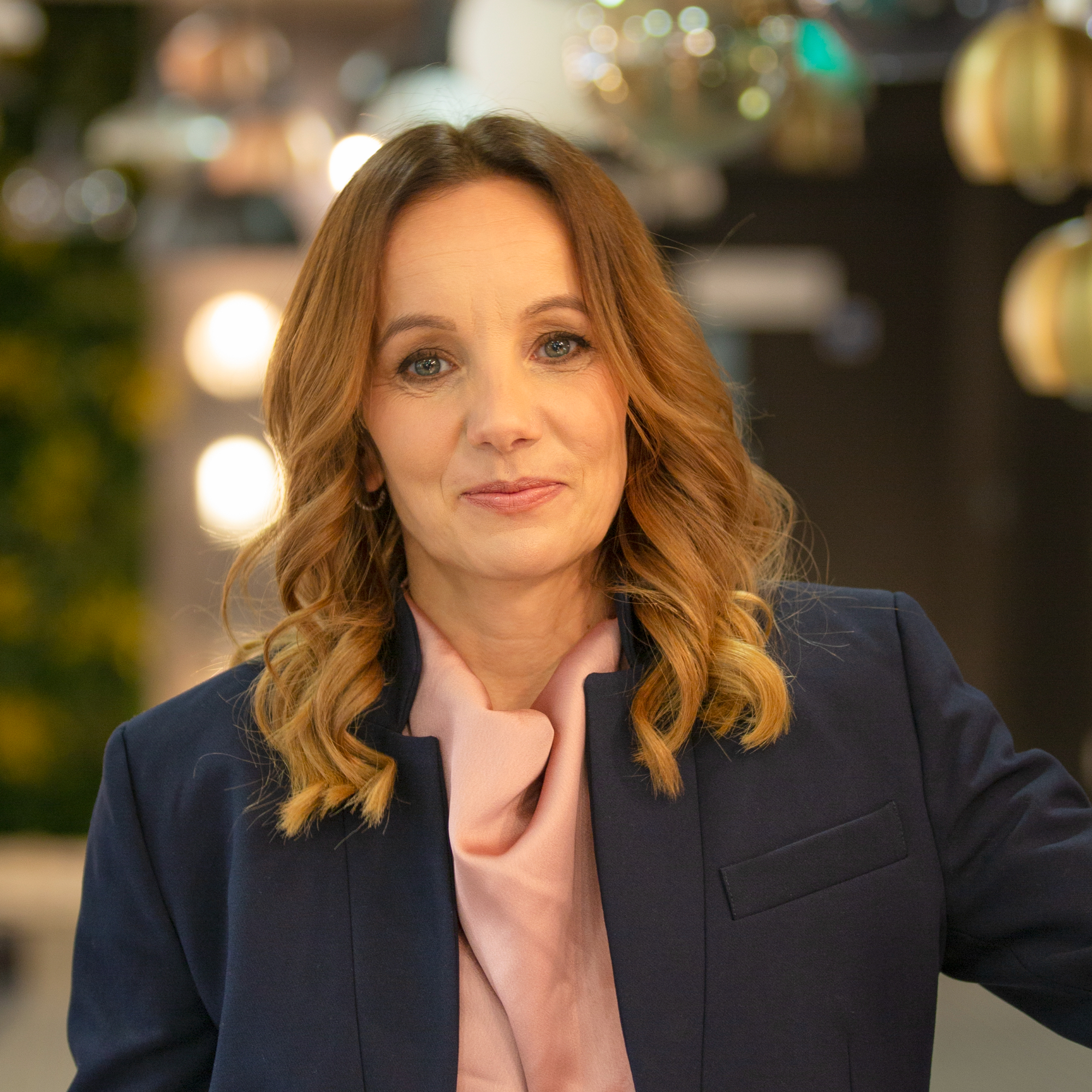
Mara Rypacek Miller founded Industville more than a decade ago. A natural entrepreneur as well as designer, her mission was to fill a gap in the market for unique industrial vintage reproduction lighting and furniture.
2. Work in layers
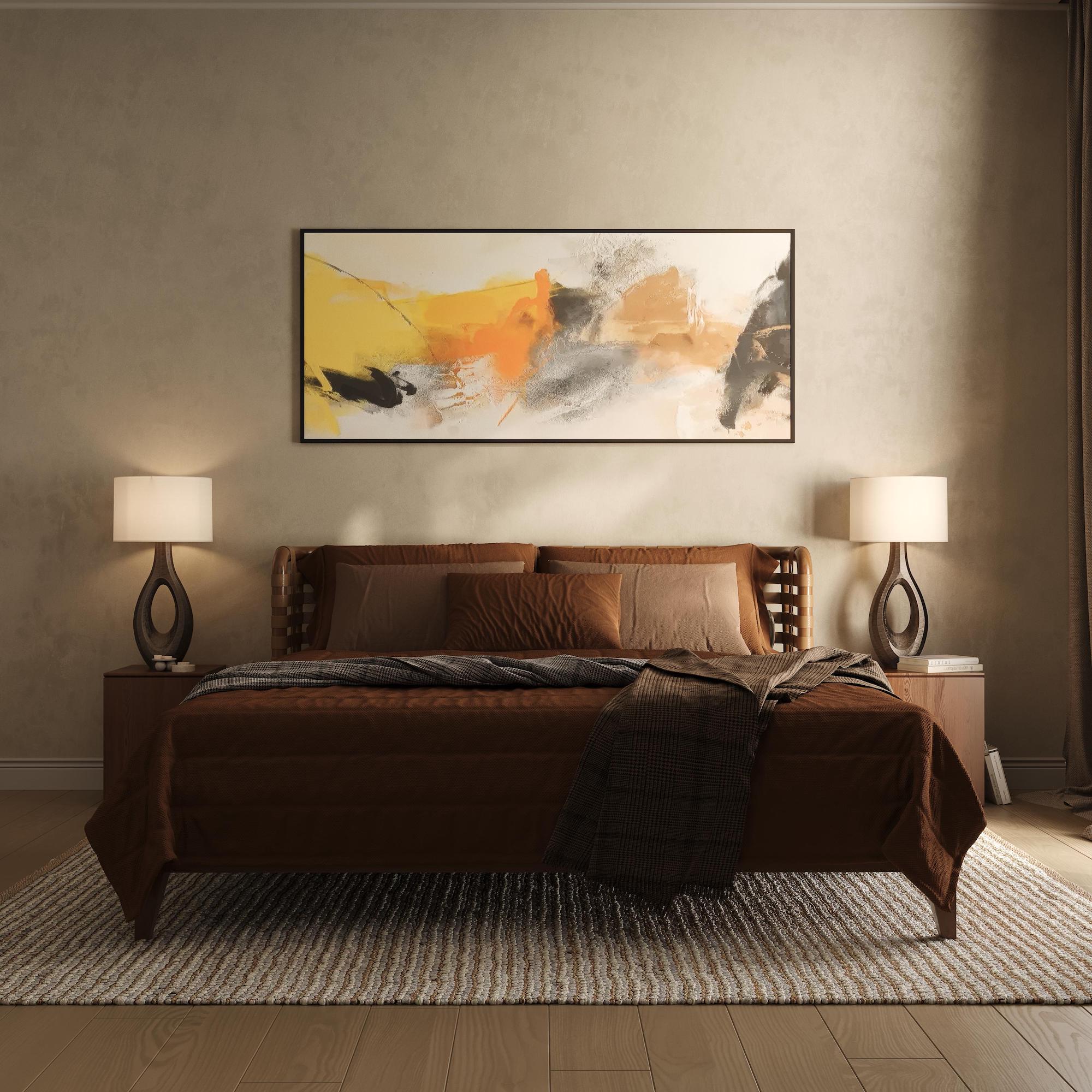
A good bedroom lighting scheme will usually involve at least two layers of lighting – overhead and bedside – sometimes three or more. The benefit of layered lighting is that it can be operated independently, with different layers used for different task.
Sign up to our newsletter for style inspiration, real homes, project and garden advice and shopping know-how
Mara explains the main layers of bedroom lighting:
- Overhead / Ambient lighting: Ceiling-mounted fixtures like chandeliers, pendants, and recessed lights offer even illumination throughout the space, eliminating harsh shadows and providing a warm, inviting environment.
- Task lighting: Incorporating task lighting such as table or floor lamps by the side of a bed targets specific areas with extra light for activities such as reading. These lights should be bright enough to reduce eye strain but focused enough to isolate the area.
- Accent / mood lighting: This could be as simple as fairy lights or candles to set a mood. You can also use low-level floor lamps or LED strips behind shelving or the headboard. Accent lighting can also be achieved using dimmer controls on your task or overhead lighting.
3. Talk to your electrician
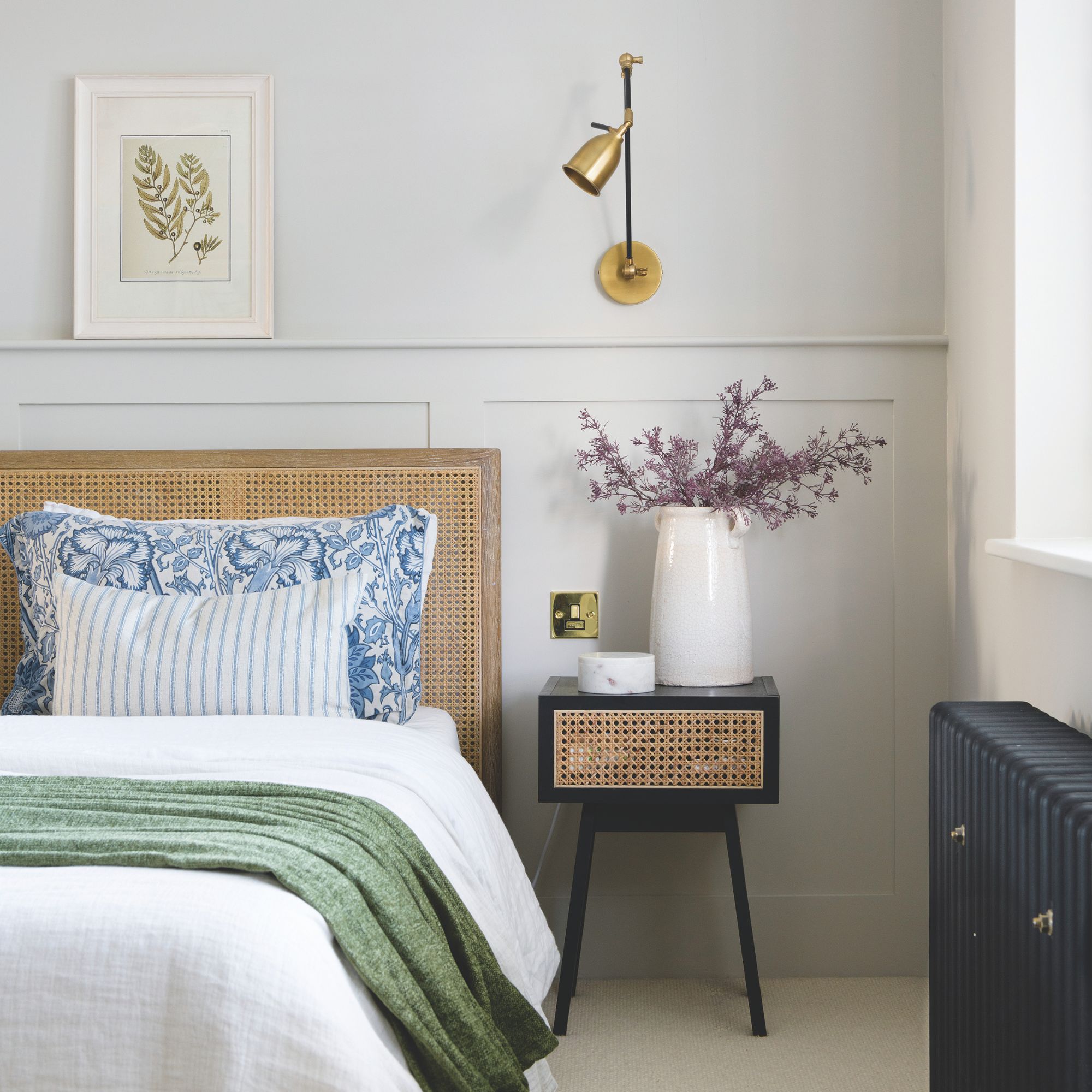
If you are planning a new lighting scheme, i.e. you are rewiring/replastering the whole house or working on a self-build, this is the time to talk to your electrician about how many lighting circuits you would like, and where. Your electrician will be able to explain what’s possible and talk through the most convenient switch locations before the First Fix electrics.
Listen to his/her advice! My electrician suggested I might benefit from two-way switches on the overhead light pendant, so I could turn it on/off from the usual spot next to the doorway, but also from my bedside. I argued that I’m not so lazy I can’t walk over and turn the light off before getting into bed, but I can’t tell you how many times I forget and have to get up again to do it. First World problems but I'm annoyed I didn't listen.
4. Plan lighting placement
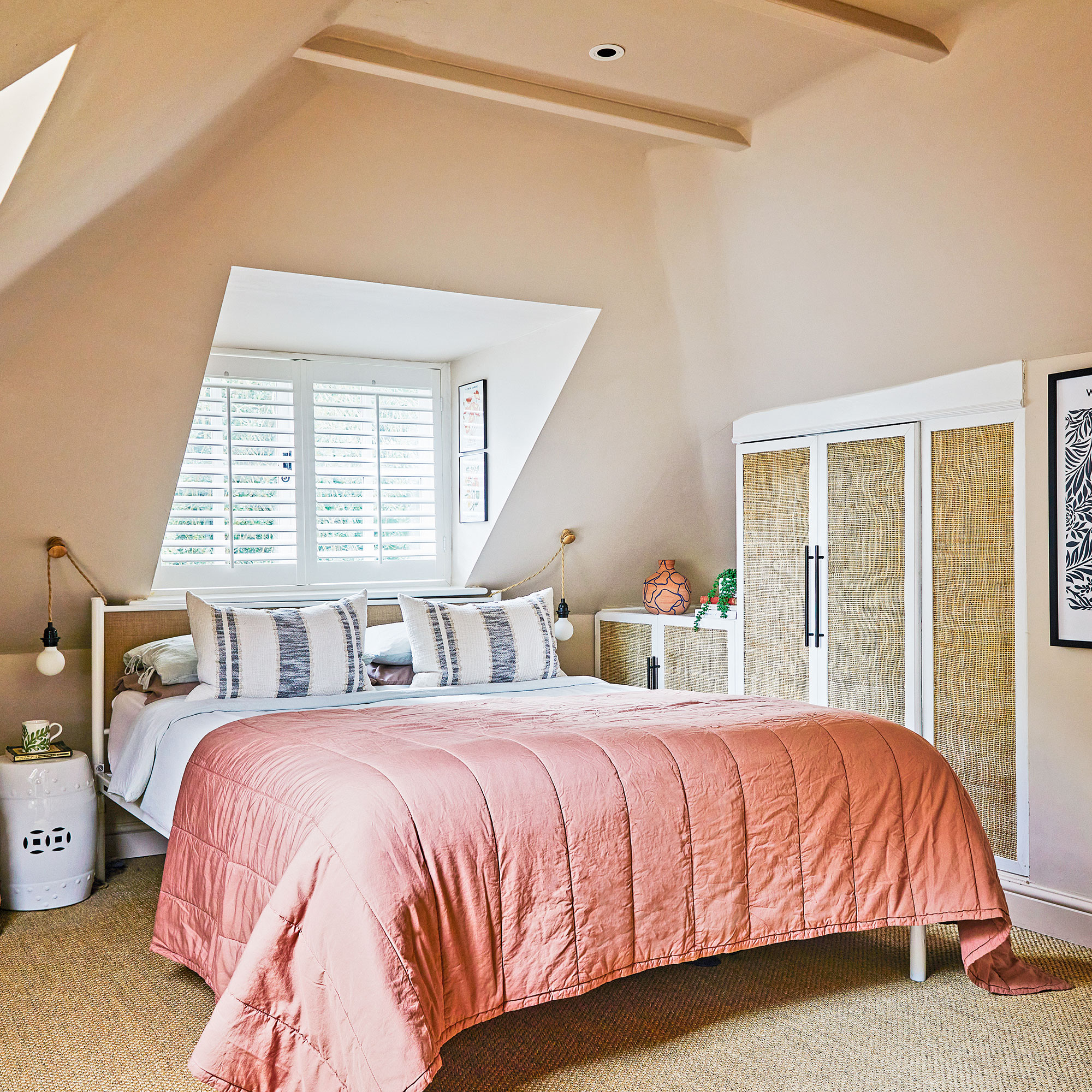
Having established roughly where you want illumination in your bedroom, now it’s time to get the tape measure out. Ideally the overhead light will be centred on the ceiling to light up the entire room without shadows. There’s definitely some leeway here – for example, if you are going for a statement pendant and your bed is off-centre, the pendant will look better centred on your bed.
Bedside lighting will also benefit from some careful tape-measure action. ‘Whether you’re going for a table lamp on a bedside table, or a wall light above it, aim for the bottom of the lampshade to sit at around 40-50cm from the mattress,’ recommends David Amos, founder of Amos Lighting + Home.
‘This will provide good illumination for reading in bed, without glaring into your eyes when seated or reclining. Also make sure your bedside light switch is close enough to allow comfortable access, without excessive stretching.’
Also consider the positioning of lighting inside wardrobes and around mirrors to avoid shadows when getting dressed.

David joined his family’s long-established lighting business in 1982, before opening his own Exeter-based lighting showroom, Amos Lighting + Home, in 1999. With more than 40 years’ experience, he’s a well-respected expert in the lighting industry and, alongside his team, offers bespoke lighting solutions and specialist design services throughout the Southwest and beyond.
5. Source the right bulbs
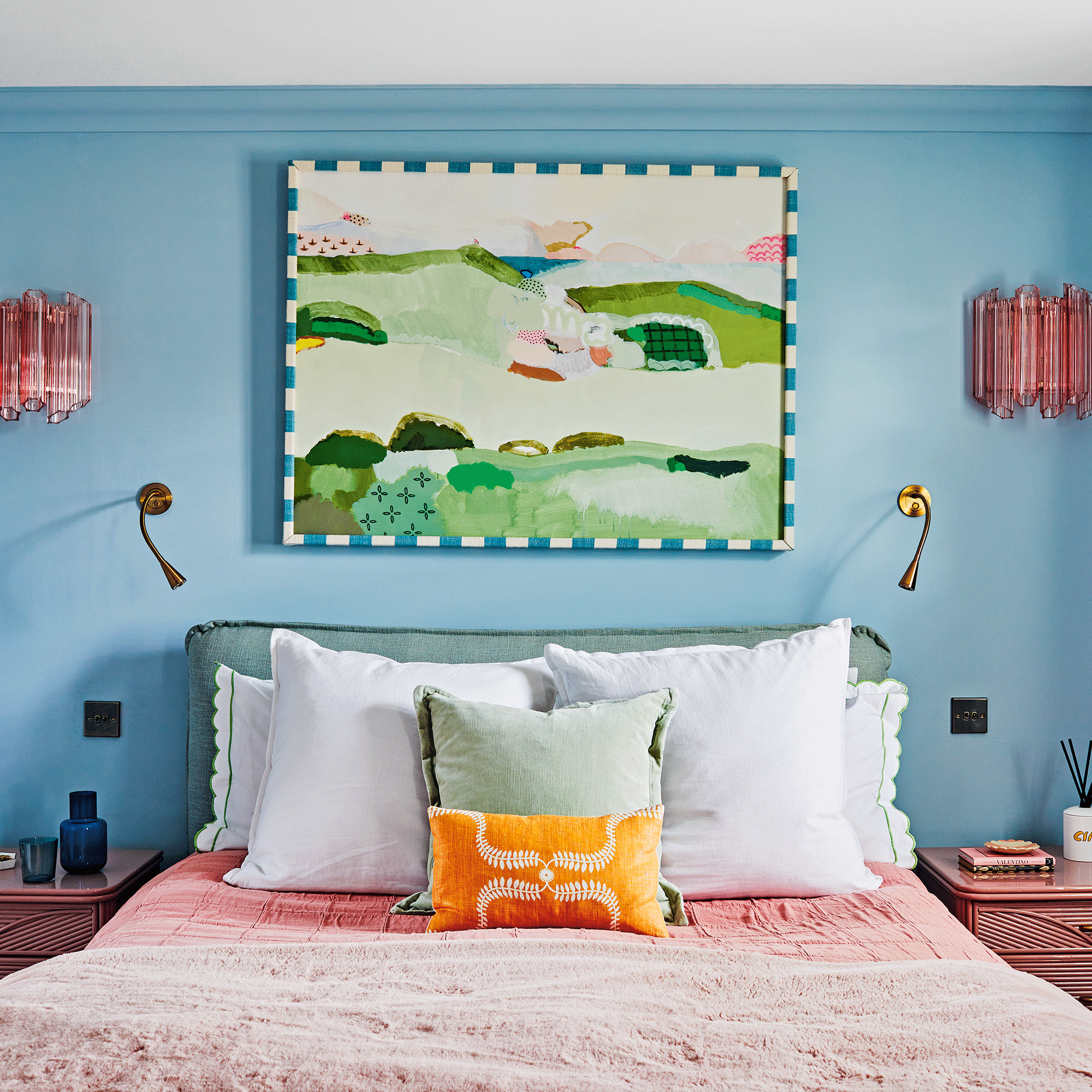
Choosing a lightbulb is as important as the light fitting itself, and often overlooked in the process. Essentially you need to understand Kelvins, as Jo Plant, Head of Design at Pooky, explains: ‘The kelvin measurement on a bulb helps you understand the colour of the light it will produce. As a rule of thumb, the higher the value the whiter the light with lower values producing softer warmer glows.’
If you want to mimic daylight and prefer cooler tones, for instance by your dressing table to ensure your makeup looks flawless, Jo recommends bulbs with a higher kelvin value. ‘Something between 4000-5000K works well in spaces that require this type of task lighting,’ she explains.
‘In contrast, warmer tones which are renowned for promoting a sense of calm and relaxation, are perfectly suited to create a cosy, relaxing atmosphere and will make a huge difference to the feel of a room. However, you do want to avoid lighting that looks too orange and artificial, so aim for 2700-3200K in this case.’
6. Add dimmer controls

If you have the option, get dimmer controls, no question. ‘Not only does it give you flexibility – from bright and practical lighting when you're getting dressed to soft, dreamy light as you wind down for the night – but dimmers are also so easy to use,’ enthuses Jo Plant from Pooky. There are plenty of options, from touch-sensitive to slide and rotary dimmers. Just twist the dial to dial down (or up) the brightness to your heart’s content.
‘What’s fab about dimmers is how versatile they are. Need plenty of light for reading, working, or getting creative? Sorted. Want to create a cosy, calm vibe? Easy-peasy.
And in the bedroom? They’re a total game-changer, giving you that warm, gentle glow to help you drift off. And let’s face it – they make those early mornings a little less painful too!’ says Jo.
A great go-to for stylish dimmer switches is Plank Hardware which is available at B&Q.
7. Check out Smart lighting

This step is entirely optional but it is well worth checking out the benefits of smart lighting. ‘Smart lighting is an excellent choice for the bedroom because it offers convenience, customisation, and energy efficiency,’ explains David Amos, of Amos Lighting + Home. Depending on the system installed, you can adjust brightness and colour temperature to create the perfect ambience for activities like reading or relaxing and control the lights through your phone or voice commands without needing to get out of bed.
‘Some programmes also allow you to set personalised wake-up or sleep routines, gradually brightening in the morning or dimming at night to support better sleep patterns,’ adds David.
Smart lighting can also be a brilliant option if you’re upgrading existing light fittings to make them more flexible. Go for smart bulbs or smart plug, which are easy to fit and cost-effective. Smart bulbs are best on wired fittings, like your overhead light, whereas a Smart plug is perfect for a plugged light fitting, such as bedside lights. They connect to your Wi-Fi or a smart hub – think Phillips Hue – allowing control through apps or voice assistants.
8. Focus on design
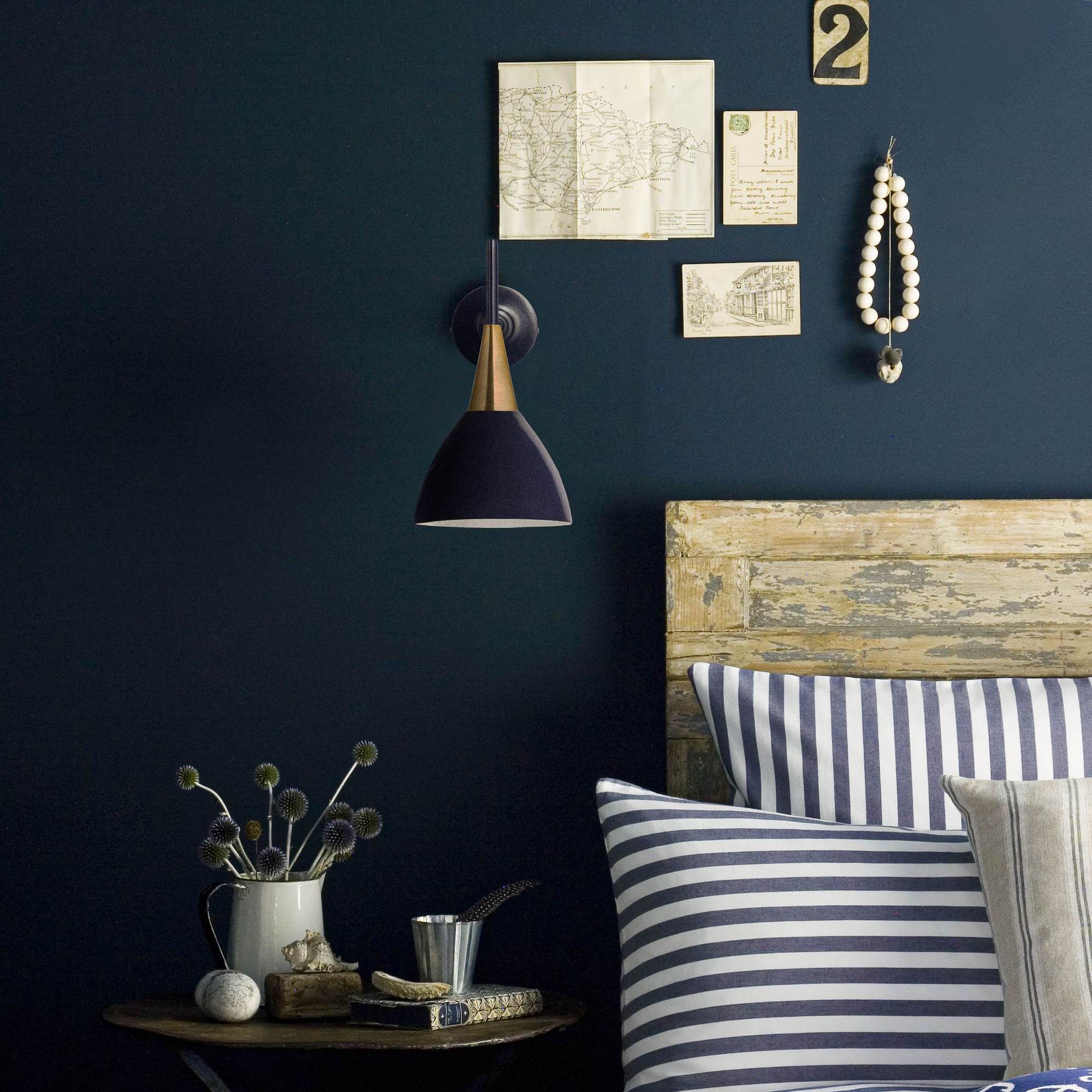
Finally, it’s time for the fun part, shopping for stylish light fittings! Jo Plant from Pooky suggests starting with your overhead fittings and working down. ‘A statement pendant can bring a touch of drama to your bedroom and are great for leading the style direction, while bedside lamps with stylish shades can be used to inject personality into the room – consider playing with different shapes, patterns, or even pleated designs to add texture,’ she says.
Choose light fixtures that complement your bedroom decor in terms of style, colours and finishes but don’t be slavish about it. For example, in a period home, vintage light fittings can work really well, or you might prefer to go really trad in a country cottage. Modern flats and urban homes can take a really dynamic, designer-look fitting, while industrial and retro fittings tend to be transitional and can work with just about any décor style.
‘If you’re after a cosy, relaxing vibe, go for fabric shades that diffuse the light softly. For a bit more sparkle, metallic finishes on your lamps or wall lights will add a touch of luxe, whether you prefer the warmth of brass or the sleekness of nickel,’ adds Jo.
As for whether all your various light fittings should match, Jo says no! ‘A blend of finishes – like combining a statement pendant with playful bedside lamps – adds visual interest and stops the space from feeling too ‘designed.’ The key is to choose pieces that complement one another while still standing out,’ she says. ‘Above all, it's all about creating a space that feels like you.’
Here are a few of the lighting pieces we're loving at the moment for the bedroom:
9. Test and tweak

Get your bedroom lighting in position, live with it for a week or so and see how you feel. It may be perfect, or there could be room for improvement. Think about whether there is enough light to get dressed in the mornings, without groping around in the gloom and how easy you’re finding it to read at bedtime.
Changing the position of wired fittings isn’t an easy fix but in bedrooms there are usually a few plug-in fittings that can be tweaked if necessary. You can also change light bulbs to something warmer or brighter if the light levels aren’t quite perfect. ‘USB rechargeable lights are perfect for adding in a little extra illumination if you’ve overlooked a dark corner, or when you are running short on sockets,’ adds Danielle LeVaillant, Head of Photography and Film for Cox & Cox.
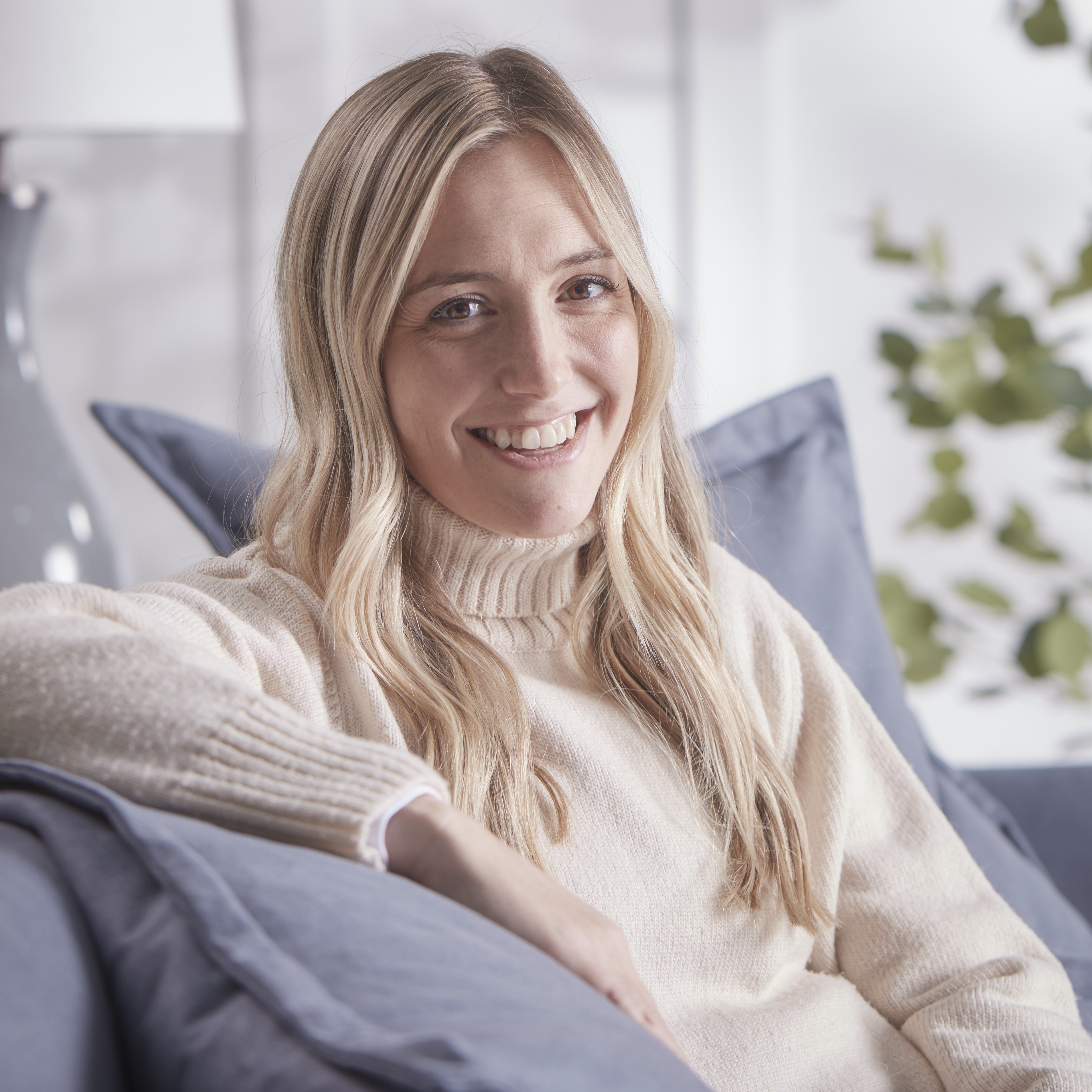
Danielle is the creative mind behind Cox & Cox’s visual identity, and she ensures that every single shot and film she creates for the brand is beautifully styled, artfully lit and utterly aspirational. She studied Retail & Business Management at Oxford Brooks University before joining the buying team at Cox & Cox in 2013. Her natural passion for interior design and styling, coupled with her excellent eye for detail, led her to art direction and styling, and her current position as Head of Photography and Film.
FAQs
How many lights should you have in a bedroom?
One of the most common bedroom lighting mistakes is not having enough lighting options for different tasks. ‘Don’t completely dismiss the idea of the big overhead light – they are convenient when you are rummaging to the back of the wardrobe on a gloomy winter morning. But a layered lighting scheme is perhaps more important in the bedroom than any other room of the house,’ says Danielle LeVaillant, stylist and Head of Photography and Film for Cox & Cox.
In an ideal scenario, your bedroom will have at least one overhead light, plus a bedside light for each occupant. For extra atmosphere and convenience, you could also go for illuminated shelving, and perhaps wall lights to either side of your mirror if that’s where you do your hair and make-up. For most of us bedrooms are also where we dress, chill out, sometimes exercise and get ready to go out so it’s important that your lighting adapts to all these activities,’ adds Danielle. ‘A combination of lights is also great for early birds or night owls. You can rise or retire without disturbing your partner’s rest by shining the main overhead light in their slumbering face!’
What’s the best way to illuminate a dressing table?
Wherever possible try and position your dressing table in front of the window to make the most of natural light. ‘If this isn’t possible, make sure your dressing area is lit at face height – an overhead light is likely to cast unwelcome shadows,’ says Danielle from Cox & Cox. ‘Slender candlestick-style table lamps with small shades will not take up too much space and illuminate both sides of your face when you are getting ready to go out.’
How can I maximise the natural light in my bedroom?
Most of the time spent in the bedroom may well be during the hours of darkness but do not overlook the benefits of natural light. Select light-filtering window treatments such as sheers, window film and privacy blinds to let in daylight without exposing the room to overlooking properties. Layering sheers with blackout curtains provides the flexibility to control light and privacy as needed. Strategically placed mirrors can also be used to reflect natural light around the room and brighten up darker corners.
Well planned bedroom lighting ideas can enhance functionality, improve the ambiance and refresh the décor – and you don’t necessarily need an electrician to make significant improvements. Now there’s really no excuse for bad bedroom lighting.
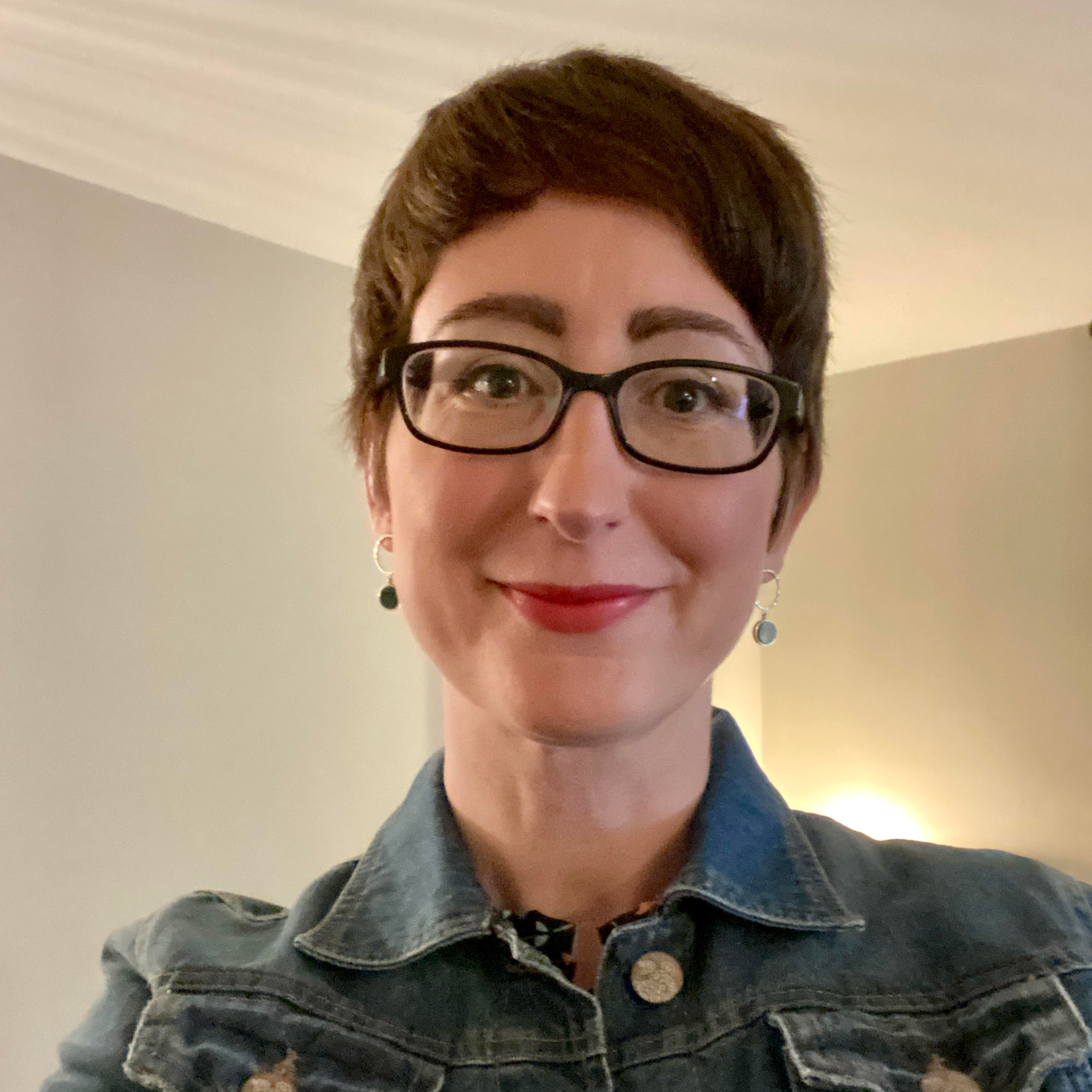
Linda Clayton is a professionally trained journalist, and has specialised in product design, interiors and fitness for more than two decades. Linda has written for a wide range of publications, from the Daily Telegraph and Guardian to Homes & Gardens and Livingetc. She has been freelancing for Ideal Home Magazine since 2008, covering design trends, home makeovers, product reviews and much more.

